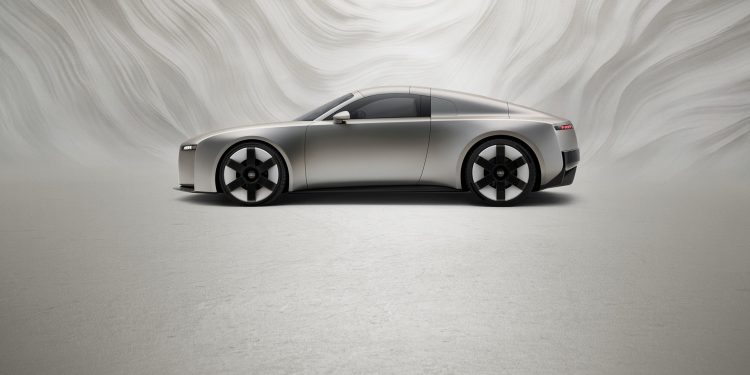Audi Concept C previews stylish sports car for 2027
Words NZ Autocar | Images Audi
The Concept C from Audi signals a new era for the brand. With a fresh design guru comes a new philosophy that will change the way Audi cars look in the coming years.

The new design foreshadows an all-electric roadster the German brand has in the works. A clean-sheet design, it uses the brand’s history to inform and inspire the shape. Audi says that the key inspiration came from the Auto Union Type C racer from the 1930s. And of course the TT which it more than vaguely resembles.
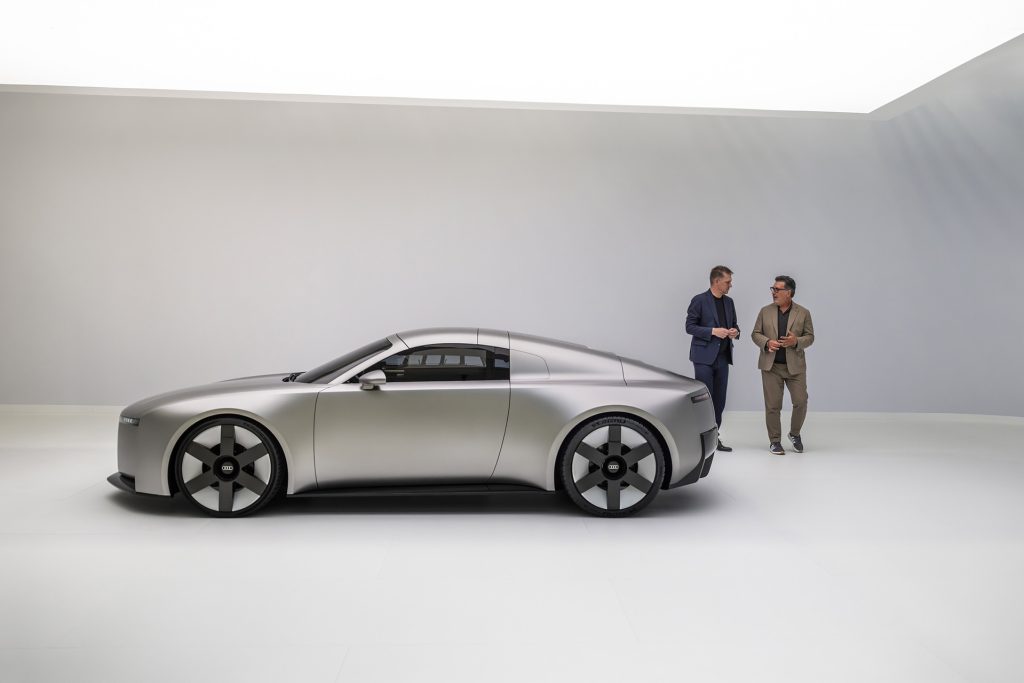
Its reference to the former is clear in the narrow and upright grille, with simple lighting on either side of it. The quartet of lighting elements each side echo the four rings of Audi’s logo.
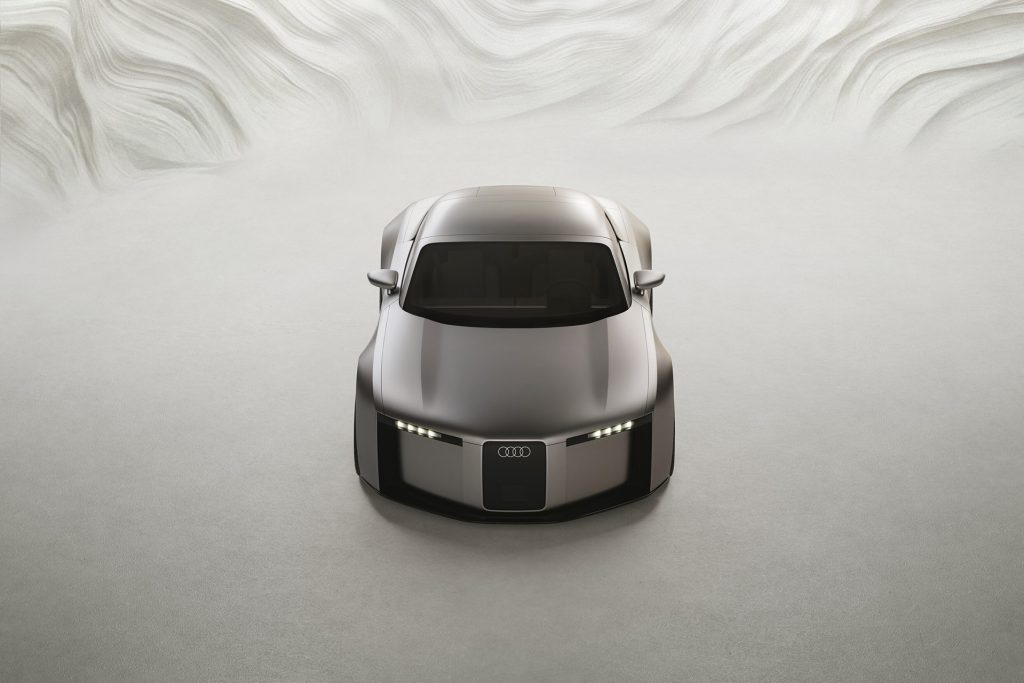
A key design element from the TT is the windscreen, which slips underneath the bonnet at its base and ends in two rounded corners at the roof. Behind is a join line for the folding hard-top.
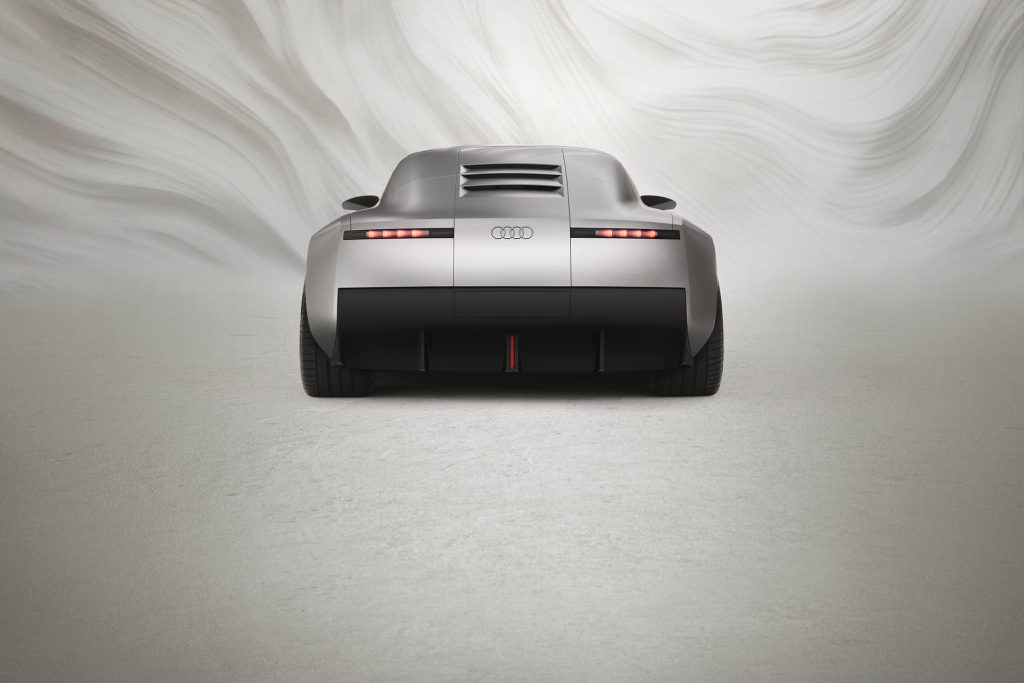
In profile the Concept C reminds of the R8, though this runs a shorter wheelbase and longer overhangs. This is typical of a compact mid-engined car rather than a supercar. At the rear is an outlined rear ‘window’ that includes no glass. It is unclear whether this will make it to production.
Narrow slats on the rear deck reference the Type C racer again. Six-spoke wheels and silver paintwork remind of the original TT.
Audi says the production car will be 90 per cent the same as the Concept C. The badge features a brushed metal finish as opposed to the flat finish of recent years.
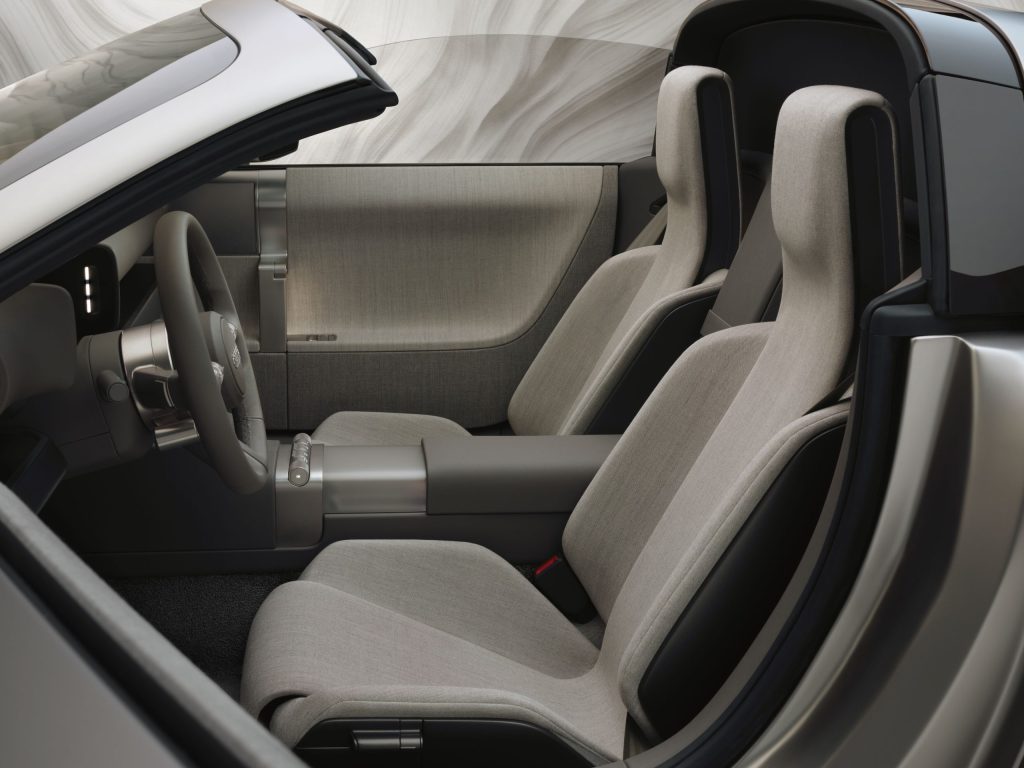
In the cabin, think minimalistic, the interior finished in fabric, leather, and aluminium. The main infotainment display folds under the dash and is modestly sized. Sitting above the main driver’s display is a narrow screen that shows just speed. It permits the driver to go screen-free should they want to.
Aluminium design features include grab handles on the doors, and controls on the circular steering wheel.
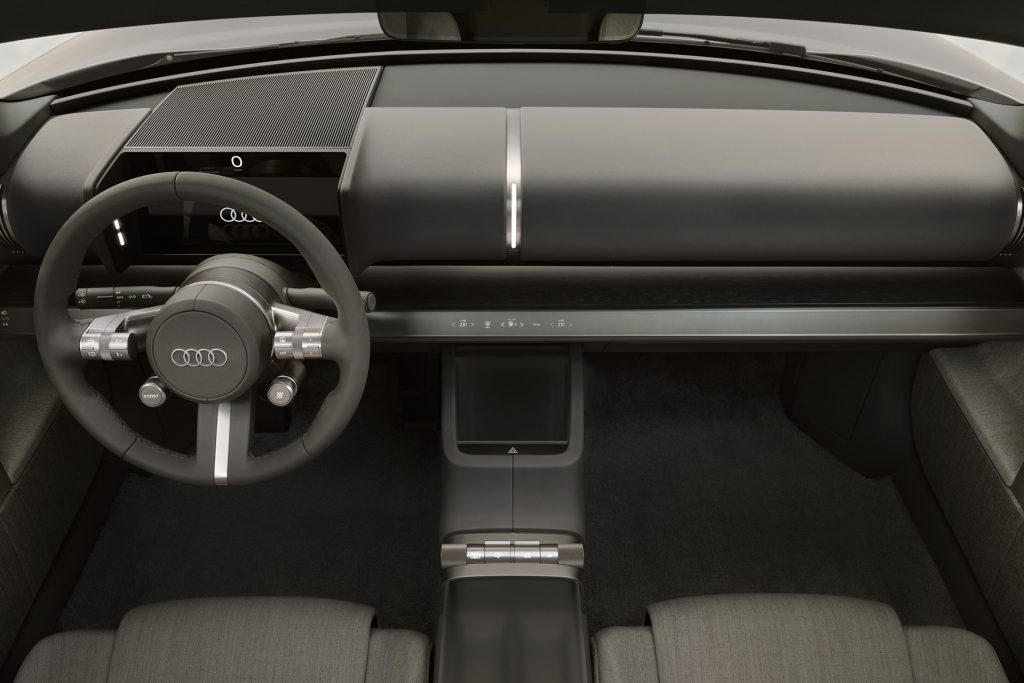
As to the future of this vehicle, the two-seat electric sports car that is essentially a TT replacement will go into production from 2027. It will likely borrow its underpinnings from the electric 718 sports car platform that is due out next year.
The architecture will feature batteries stacked in behind the driver, helping to mimic the weight distribution of a mid-engined sports car. This also allows the driving position to be much lower in the chassis.
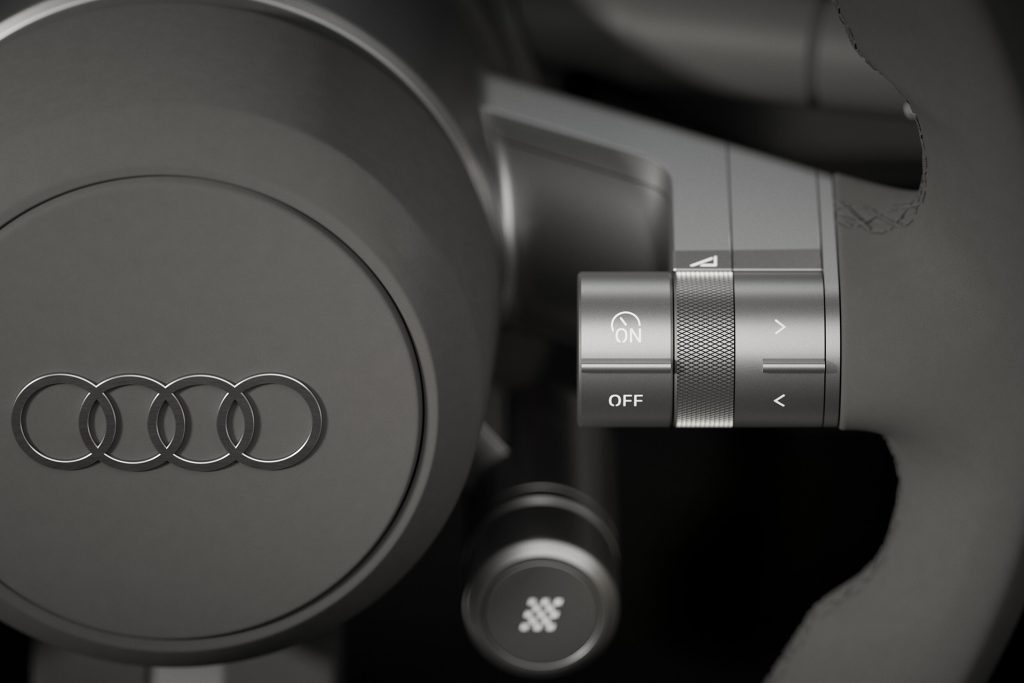
While the size of the market for an electric sports car is likely to be small, the fact Audi is sharing the risk with Porsche helps spread some of the investment.
The Concept C is by Massimo Frascella, who penned the modern Range Rover. Its design has Audi shifting to a cleaner and more sophisticated language, for it understands that the competition is no longer just German.
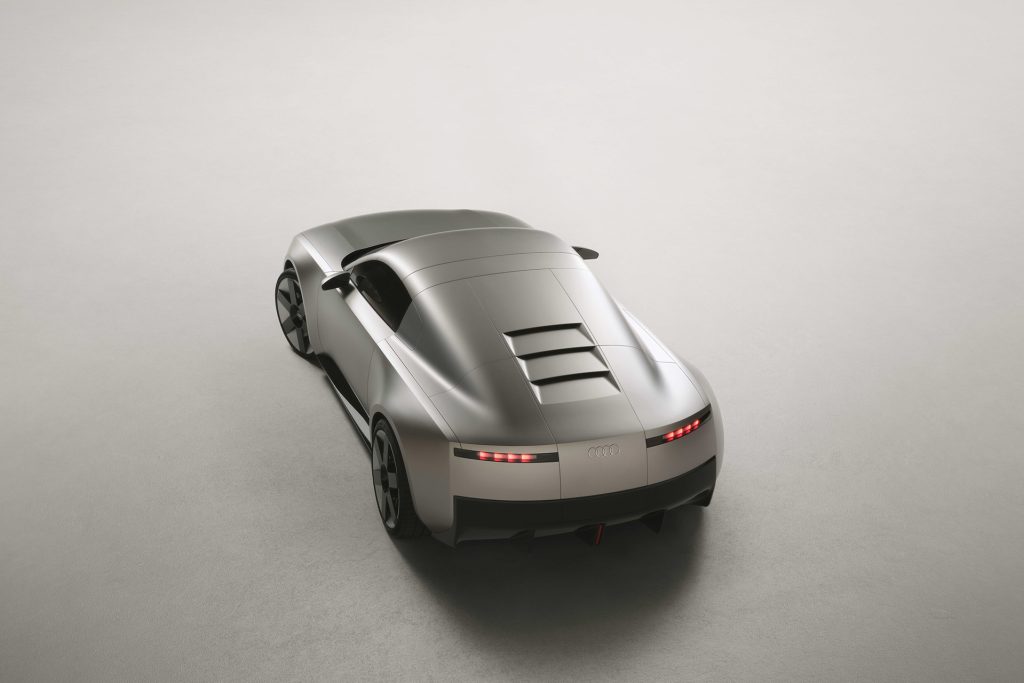
Hence the tapping of its almost century of heritage, something the new energy firms cannot replicated. Once this sports car hits the road, expect subsequent Audis to look rather different from those we see today.


